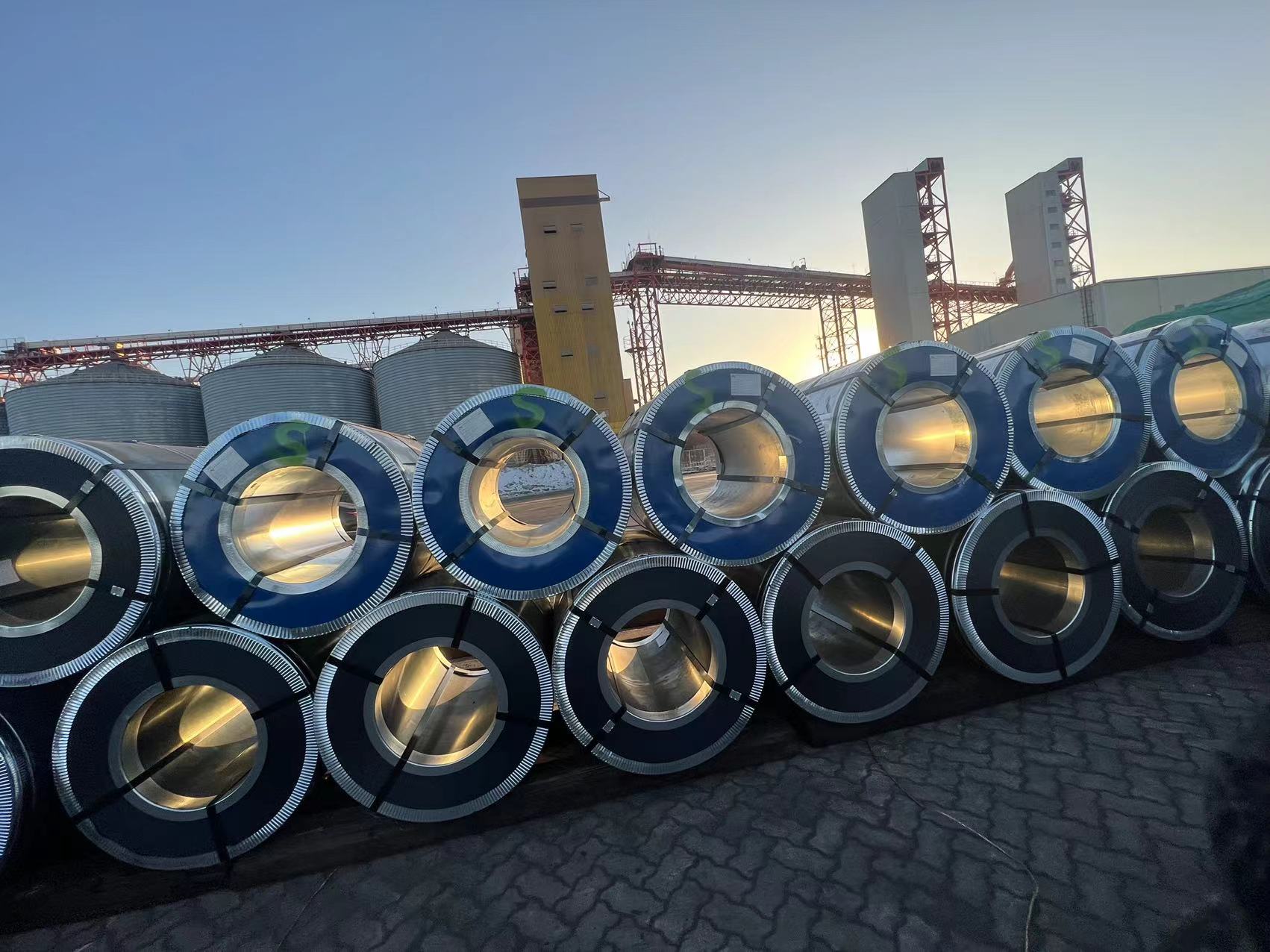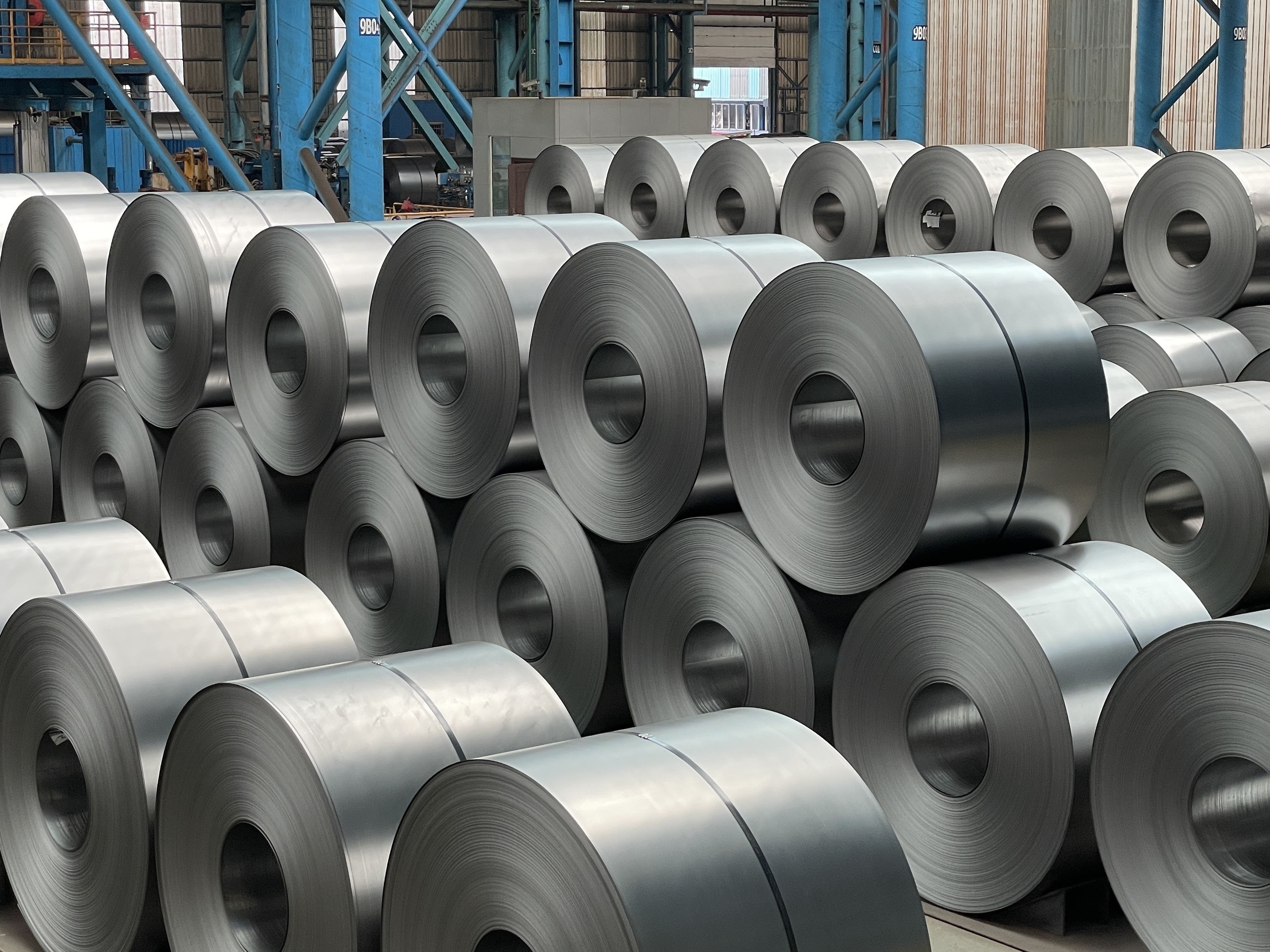- Home
- News
- China’s Steel Exports Hit a New High and Continue to Remain the World’s Number One! The Global Trade Pattern is Quietly Changing
China’s Steel Exports Hit a New High and Continue to Remain the World’s Number One! The Global Trade Pattern is Quietly Changing
With the gradual recovery of the global economy, steel, as the backbone of industrial development, has once again become the focus of international trade. According to the latest data released by the World Steel Association, the global steel trade volume (including rolled materials and semi-finished products) reached 449.2 million tons in 2024, a year-on-year increase of 3.3%, indicating the sustained strong demand for steel in industries such as infrastructure, construction, and manufacturing.
In the global steel export pattern, China has once again demonstrated its strong strength as a “steel giant” and firmly holds the top spot in the world’s steel exports.
China’s export scale is far ahead, and its share continues to expand
Data shows that China’s steel exports will increase to 117.1 million tons in 2024, far exceeding the 94.3 million tons in 2023 and achieving significant growth. This data not only leads the world by a large margin, but also means that the influence and competitiveness of Chinese steel enterprises in the global market are further enhanced.
In the export ranking, Japan ranked second with 31.2 million tons (down 3.1% year-on-year), while South Korea ranked third with 28 million tons (up 3.7% year-on-year). In addition, the export volume of the EU and Türkiye reached 27.8 million tons and 17 million tons respectively, of which the export growth of Türkiye reached 33.8%, showing a strong growth momentum.
Asia dominates global exports, while Europe’s position declines
The geographical pattern of global steel trade is undergoing profound changes. The export share of Asian countries continues to rise, currently accounting for over 48% of the global export volume, while Europe’s share has decreased to 27.8%. This change not only reflects the resilience and growth potential of Asia’s manufacturing industry, but also indicates that the global industrial chain is further concentrating in the Asia Pacific region.
Hot rolled sheet and galvanized sheet are the best-selling, and semi-finished product trade is on the rise
From the perspective of steel categories, the most significant export growth in 2024 was in hot-rolled plates and coils, reaching 82 million tons, a year-on-year increase of 7.9%; Next are galvanized sheets (43.2 million tons, up 5.4%), cold-rolled coils (31.9 million tons, up 6%), thick plates (35.5 million tons, up 2.6%), and steel pipes and fittings (37.2 million tons, up 1.9%).
At the same time, global trade in semi-finished products is also on the rise, with exports increasing from 53.1 million tons in 2023 to 54.6 million tons, continuing a stable growth trend.
Global steel production slightly decreases, export share increases
Although the total global steel production is expected to reach 1.76 billion tons in 2024, a year-on-year decrease of 1%, the proportion of exports has increased from 24% in 2023 to 25.5%, indicating that the demand for high-quality steel in the international market remains strong.
In addition, global iron ore exports increased by 2% year-on-year, reaching 1.6 billion tons. Australia continues to remain the largest exporter of raw materials (866 million tons, up 1.4% year-on-year), followed closely by Brazil (390 million tons, up 2.6%) and South Africa (61 million tons, up 3.4%), providing ample raw material support for global steel production.
Summary: Global steel competition intensifies, China seeks progress while maintaining stability
Against the backdrop of accelerated global trade recovery and market restructuring, Chinese steel companies have once again consolidated their leadership position in the international market with strong production capacity, high-quality products, and efficient delivery capabilities. With the acceleration of the “the Belt and Road” initiative and the “going to sea” of high-end manufacturing, China’s steel exports are expected to continue to maintain steady growth. 
Looking towards the future, the Chinese steel industry still needs to accelerate the pace of green and low-carbon transformation, increase the proportion of high value-added products, win a broader international market with quality and innovation, and achieve a breakthrough from “leading in quantity” to “breakthrough in quality”.
